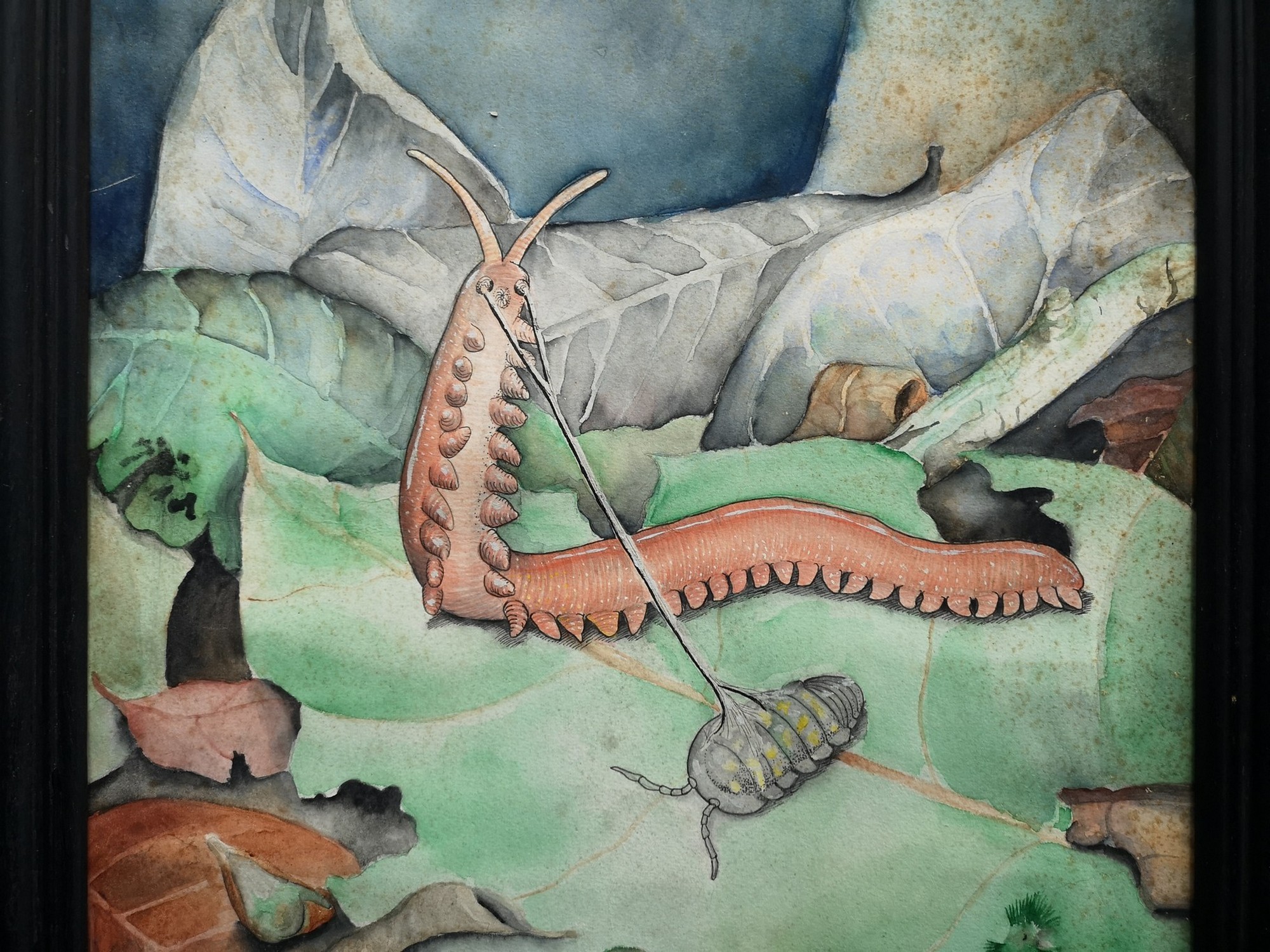Abstract
Viviparity is so advantageous that it has evolved at least 140 times in the invertebrates, but some Australian and New Zealand onychophorans have gone back, abandoning ovoviviparity to return to eggs. Why? Here we propose that it is an adaptation to climatically inhospitable habitats and low food availability.
References
Monge-Nájera, J. (1994). Reproductive trends, habitat type and body characteristcs in velvet worms (Onychophora). Revista de Biología Tropical, 42(3), 611-622.
Monge-Nájera, J. (1995). Phylogeny, biogeography and reproductive trends in the Onychophora. Zoological Journal of the Linnean Society, 114(1), 21-60.
Oliveira, I. de Sena, & Mayer, G. (2017). A new giant egg-laying onychophoran (Peripatopsidae) reveals evolutionary and biogeographical aspects of Australian velvet worms. Organisms Diversity & Evolution, 17(2), 375-391.
Ostrovsky, A. N., Lidgard, S., Gordon, D. P., Schwaha, T., Genikhovich, G., & Ereskovsky, A. V. (2016). Matrotrophy and placentation in invertebrates: a new paradigm. Biological Reviews, 91(3), 673-711.
Reid, A. L. (1996). Review of the Peripatopsidae (Onychophora) in Australia, with comments on peripatopsid relationships. Invertebrate Taxonomy, 10, 663-936.


